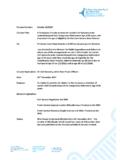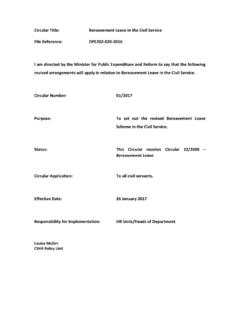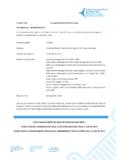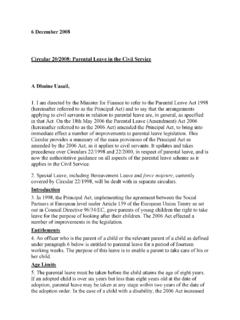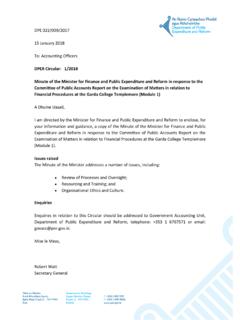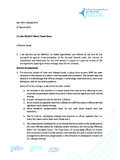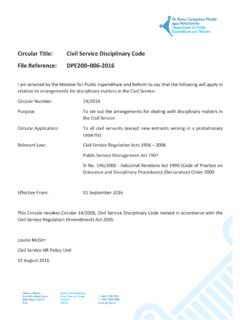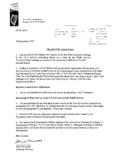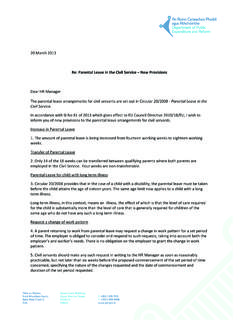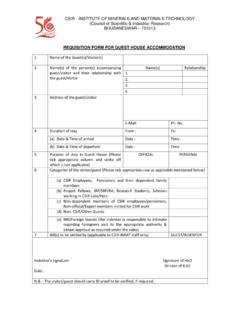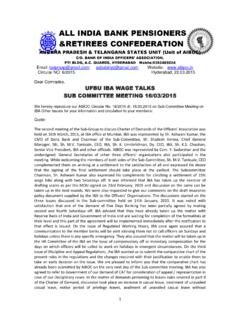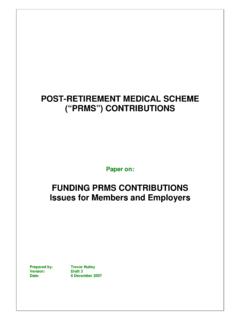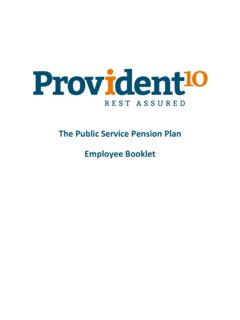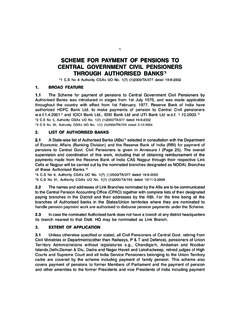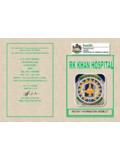Transcription of Arrangements for Paid Sick Leave - circulars.gov.ie
1 D02 R583,D02 R583, Circular Title: Arrangements for Paid Sick Leave File Reference: DPE056/046/2014 I am directed by the Minister for Public Expenditure and Reform to say that the following will apply in relation to Arrangements for paid sick Leave : Circular Number: 05/2018 Purpose: To set out the administrative Arrangements for paid sick Leave Circular Applications: To all civil servants Relevant La w/Circulars: Ci vil Service Regulation Acts 1956 2005 Public Service Management (Recruitment & Appointments) Act 2004 Public Service Management (Recruitment & Appointments) (Amendment) Act 2013 Public Service Management (Sick Leave ) Regulations 2014, SI 124 of 2014 Public Service Management (Sick Leave ) (Amendment) Regulations 2015 SI 3 84 of 2015 Organisation of working Time Act 1997 Payment of Wages Act 1991 Current Ci rcular on the Recovery of Salary, Al lowances, and Expenses Overpayments made to Staff Members/F ormer Staff Members/P ensioners Effective From.
2 31 March 2018 This Ci rcular revokes Ci rcular 12/2015. Ci rculars revoked by Ci rcular 6/2014 remain revoked and are listed at Appendix 1. This Ci rcular does not affect the rights and obligations of civil servants under an Occupational Illness or Inju ry Scheme. The Ci rculars dealing with occupational illness or inju ry remain in place. 1 Part 1: Purpose and Principles Purpose The purpose of this Circular is to set out the Arrangements for sick Leave in the Civil Service. The Sick Leave Scheme was revised following consultation with the Public Service Unions. This consultation was facilitated by the Labour Relations Commission and matters of dispute were referred to the Labour Court for a binding recommendation.
3 The implementation of the recommendation resulted in the Public Service Management (Recruitment and Appointments) (Amendment) Act 2013 which provides that the Minister for Public Expenditure and Reform can make regulations for a Public Service Sick Leave Scheme. These Regulations are contained in SI 124 of 2014 and SI 384 of 2015. The Regulations set out the terms for the granting of paid sick Leave . The main provisions are set out in Appendix 2. Principles of the Policy The Civil Service is committed to providing efficient and well-managed services. In order to achieve this it is necessary to strike a satisfactory balance between the delivery of the business needs of the employer in this case the consistent delivery of high quality services to the public and the need to allow civil servants to address their health and safety needs during periods of illness.
4 All civil servants have a responsibility to the organisation of which they are part, to their colleagues and to themselves to attend work and provide effective service. It is not the intention of the Civil Service that civil servants who are ill should be at work. The Civil Service will support officers who, from time to time, experience ill-health. Civil servants will receive support during times of illness through access to the Chief Medical Officer (CMO) and Civil Service Employee Assistance Service (CSEAS). Where necessary, the Civil Service will provide opportunities for officers to participate in workplace rehabilitation to facilitate a timely and safe return to work as early return to work programmes benefit both civil servants and the Civil Service.
5 2 Part 2: Management of Sick Leave - Roles and Responsibilities Management of Sick Leave The effective management of sick Leave provides a working environment that supports staff welfare, maximises and motivates attendance and builds morale within the organisation. Information on the roles and/or responsibilities of the following are set out in more detail below: Civil Servants Responsibilities; Line Managers Responsibilities; HR Managers /Units Responsibilities; Role of HR Shared Services (HRSS); Role of the Office of the Chief Medical Officer; Role of the Civil Service Employee Assistance Service.
6 Civil Servants Responsibilities Civil servants are obliged to provide regular and effective service and have a responsibility for managing their own sick Leave and in particular adherence to the Sick Leave Regulations. They must understand that they need to: Be familiar and comply with the Sick Leave Regulations and policy; Maintain regular contact with the employing organisation during periods of sick absence; Take all reasonable measures, where possible, to manage their own health and well-being with a view to returning to full health; Co-operate fully with all referrals to the CMO and/or CSEAS; Co-operate fully with all rehabilitative measures to facilitate an early return to work.
7 Line Managers Responsibilities The commitment of managers to a consistent policy on sick Leave has been found to be a critical factor in creating a culture of good attendance. A manager should: Be clear on the subject of attendance expectations; Assist in maintaining a positive atmosphere in the workplace; Maintain regular contact with individuals on sick Leave ; Liaise with the HR Unit, Employee Assistance Officer (EAO) or Disability Liaison Officer (DLO), as necessary, in identifying progress towards recovery and assisting in reintegration into the workplace; Carry out a Return to Work Interview after a period of sick Leave ; Monitor and measure attendance patterns; Identify and address any shortfalls in attendance patterns as they arise.
8 Conduct a Sick Leave Review Meeting with a civil servant who has an attendance pattern which is causing concern ( frequent absences, absences regularly occurring on a Monday or Friday etc.); Ensure all the relevant paperwork/HRSS processes are completed in a timely manner. 3 HR Managers /Units Responsibilities Organisations continue to have an employment relationship with civil servants on sick Leave . HR Units have a responsibility to maintain an effective management policy. HR Units responsibilities include: Making appropriate referrals to the Chief Medical Officer (CMO) or Civil Service Employee Assistance Service (CSEAS); Reporting on sick Leave ; Analysing sick Leave reports on a regular basis; Providing sick Leave pattern analysis/statistical reports to Senior Management, Heads of Business Units and Line Managers on a quarterly basis; Providing a civil servant s sick Leave record and/or sick Leave pattern analysis to the civil servant if requested or if required to highlight a pattern of concern.
9 Reviewing and evaluating absenteeism rates annually to highlight key issues of concern that should be addressed. Such reviews may include a comparison with the previous year s rates and costs which should highlight trends and indicate, among other things, whether existing policies and procedures are effective; Reviewing the Organisation s referral practices to the Chief Medical Officer and the Civil Service Employee Assistance Service annually; Keeping appropriate records in relation to the Critical Illness Protocol. Role of HRSS HRSS will deliver the transactional elements of sick Leave policy for those organisations within the HR Shared Services.
10 The role will include: Distribution of information relating to sick Leave policy through HRSS alerts; Provision of information to civil servants and managers about the transactional processes for sick Leave ; Administering the transactional elements of the sick Leave process including: Processing absence notifications and resumption to work forms; Administration of Medical/Social Welfare Certificates; Monitoring sick Leave thresholds including pay affected; Initiating CMO referrals. Providing statistical reports to organisations and the Department of Public Expenditure and Reform relating to: Annual costs associated with sick Leave both certified and self-certified; Amount of days lost per FTE due to sick Leave in a year; Annual absenteeism rate.
